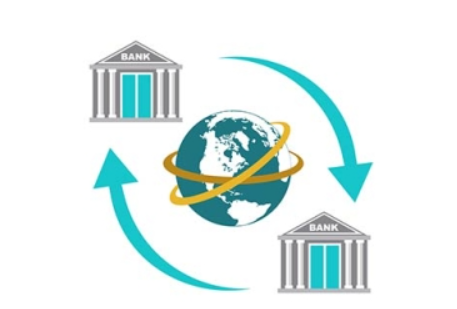What is the mt103 international remittance process?
MT103, also known as a single customer payment, is a message format for sending payment instructions. It is directly sent by the remitting bank or an intermediary bank (on behalf of the remitting or receiving party) to another bank. In the MT103 message format, at least one of the sender or receiver is a non-financial institution. Furthermore, this message format can only be used to send "unconditional payment instructions" and is not suitable for sending "payment notifications under clean collections." Below, we will introduce the international remittance process for MT103 and the differences with MT202.

What is the international remittance process for MT103? What are the differences compared to MT202?
International remittance through MT103 is a major means of conducting trade in a situation where the buyer and seller have no mutual understanding and trust. It involves banks handling remittance documents and delivery documents, and the trade is conducted through a letter of credit, which effectively enhances the security of the trade between the two parties.
The international remittance process for MT103 is as follows:
1.After the buyer and seller sign a contract, the seller provides the buyer with the name of the receiving bank, Swift code, recipient's name and address, currency, and amount of payment.
2.The buyer applies for the remittance through a bank counter or online banking (with the required documents such as customs declaration, invoice, packing list, etc.).
3.After the bank's verification, the remittance is processed based on the information provided by the remitter, and the seller is informed to promptly check the receipt of funds.
MT202 international remittance: MT202 is a message format for interbank position transfer, which is different from MT103 remittance that belongs to commercial remittance. Unlike the specific transactions involving customers, MT202 remittance involves banks and operates on a letter of credit basis. In other words, the banks of the buyer and seller will be involved in the customer's transaction, further enhancing the security of the trade. Of course, this remittance method also incurs higher costs, including negotiation fees, document examination fees, and discrepancies fees. It is worth mentioning that in the MT202 method, the buyer only sends an MT103 message to their account-holding bank, and the account-holding bank autonomously selects the seller's account-holding bank and transfers the fund positions. As a result, it often happens that the seller's bank receives the MT103 message but the fund position has not yet arrived. However, this situation has been improved, and the fund position generally arrives on the following day.
International remittance process for MT202:
1.The buyer and seller sign a contract and agree to conduct the trade through a letter of credit.
2.The buyer submits an application for the opening of a letter of credit, and the bank opens the letter of credit based on the trade contract and sends it to the seller's bank.
3.The seller's bank notifies the seller to collect the letter of credit.
4.The seller produces, prepares goods, and loads them according to the requirements of the letter of credit, and obtains the shipping documents.
5.The seller presents the shipping documents (according to the requirements of the letter of credit), such as the bill of lading, invoice, packing list, to the bank for payment collection.
6.The seller's bank verifies the documents and sends them to the buyer's bank.
7.After the buyer's bank verifies the documents without errors, it requests payment from the buyer and, upon receipt of the funds, pays them to the seller's bank.
8.The seller's bank completes the procedures for the seller's account. In the MT202 method, if there is a situation where the exchange rate of the remittance currency appreciates
Related articles

 WeChat of CBiBank
WeChat of CBiBank